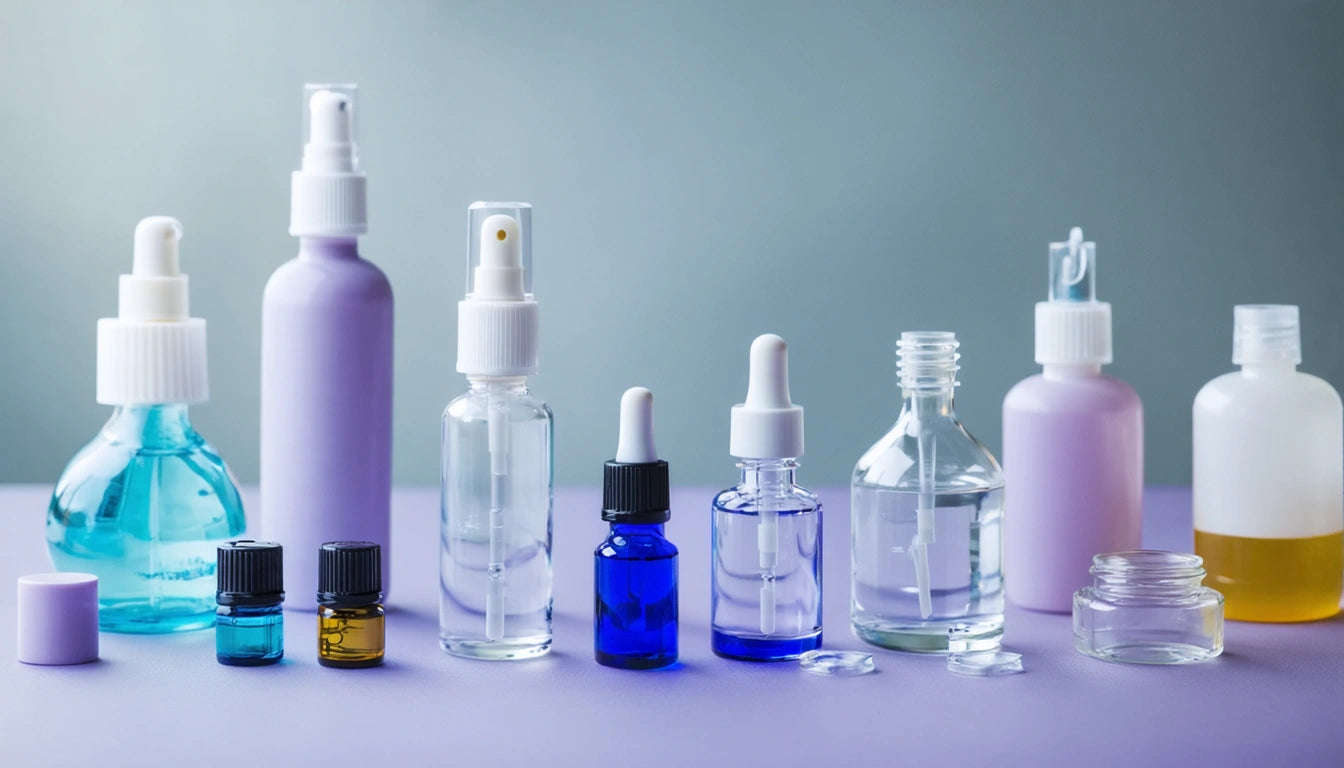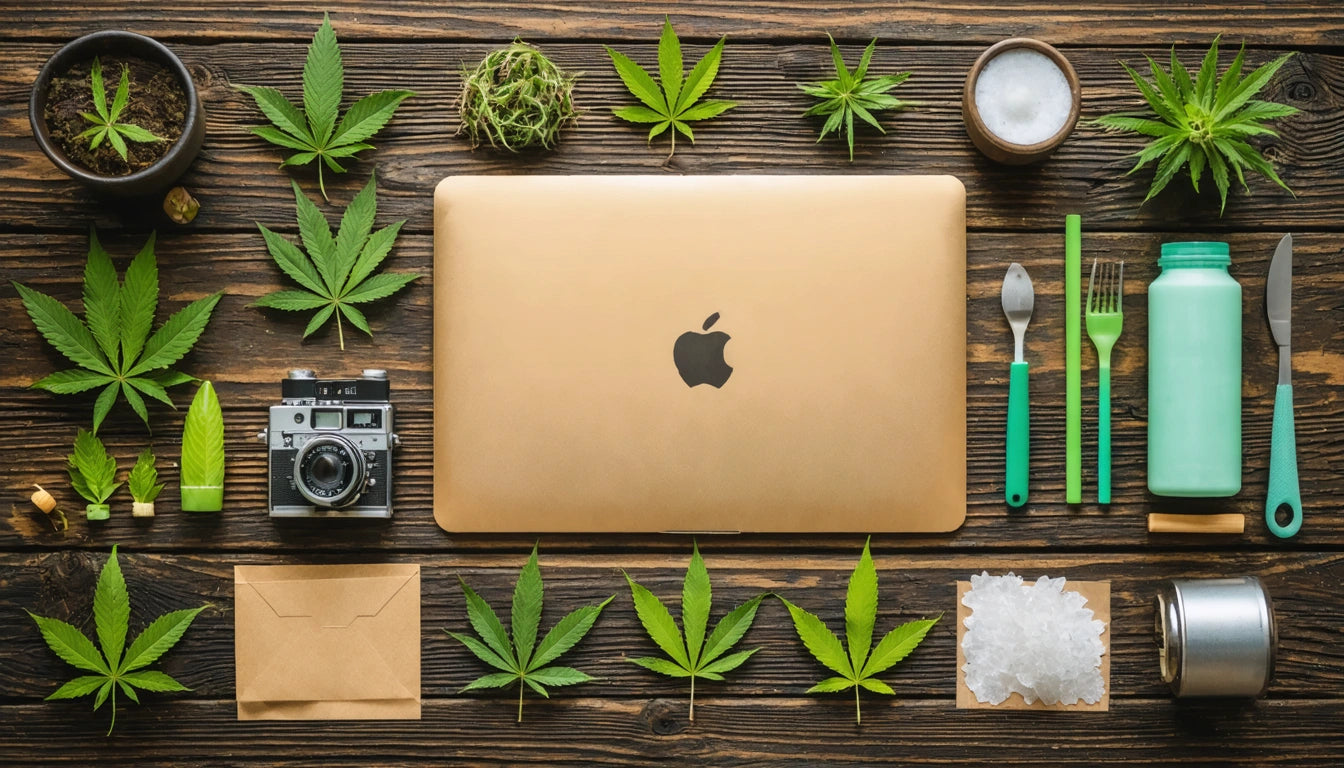Table of Contents
- How Packaging Materials Impact Cannabis Flower Shelf Life
- Humidity Control: The Key to Preserving Terpenes and Potency
- Retail Rotation Strategies for Optimal Freshness
- Packaging Innovations That Extend Product Viability
- Sustainable Solutions That Maintain Product Integrity
- Optimizing Shelf Life Through Strategic Packaging Choices
Cannabis flower quality deteriorates over time, making packaging selection critical for maintaining freshness, potency, and market value. The right packaging not only preserves terpenes and cannabinoids but also influences how quickly products move through retail channels. Understanding the relationship between packaging materials, environmental factors, and product longevity helps brands maximize shelf appeal while minimizing waste.
How Packaging Materials Impact Cannabis Flower Shelf Life
The primary packaging material directly influences how quickly cannabis flower degrades. Glass jars versus mylar bags represents one of the most common packaging decisions brands face. Glass provides superior oxygen barrier properties but adds weight and breakage risk. Mylar bags offer flexibility and customization but may allow more oxygen transfer over time.
According to industry research, properly packaged cannabis flower can maintain optimal quality for 6-12 months, while poorly packaged products may deteriorate within weeks. The science behind this degradation involves three primary factors:
- Exposure to oxygen (oxidation)
- UV light penetration
- Moisture fluctuations
When comparing rigid versus flexible packaging, each option presents different protective qualities. Rigid containers typically offer better physical protection and stacking capabilities in retail environments, while flexible packaging may provide superior barrier properties when constructed with multiple laminated layers.
Humidity Control: The Key to Preserving Terpenes and Potency
Maintaining optimal relative humidity (RH) levels between 58-62% significantly extends cannabis flower shelf life. Humidity control packs have become standard inclusions in premium flower packaging, helping stabilize moisture content regardless of external conditions.
Terpene preservation represents another critical aspect of packaging selection. These volatile compounds begin evaporating at room temperature, making proper terpene preservation techniques essential for maintaining product quality and consumer experience. Packaging that minimizes headspace and provides excellent vapor barriers helps retain these valuable compounds.
Retail Rotation Strategies for Optimal Freshness
Effective inventory management requires strategic product rotation. For retailers, implementing a first-in, first-out (FIFO) system becomes simpler with packaging that includes clear production and packaging dates. Brands that invest in reclosable packaging solutions help consumers maintain product freshness after purchase, enhancing satisfaction and brand loyalty.
Operational efficiency in retail environments also depends on packaging design. Containers that stack easily, display clearly, and facilitate quick inventory checks help dispensaries manage product rotation more effectively. For high-volume operations, automated filling equipment can significantly improve packaging consistency and reduce labor costs while ensuring optimal product handling.
Packaging Innovations That Extend Product Viability
Recent innovations in cannabis packaging technology have introduced materials with enhanced barrier properties. Modified atmosphere packaging (MAP), which replaces oxygen with nitrogen during the sealing process, can extend shelf life by reducing oxidation rates. Similarly, packaging with integrated UV protection helps prevent photodegradation of cannabinoids.
Tamper-evident features serve dual purposes: they satisfy regulatory requirements while also ensuring package integrity, which directly impacts product freshness. When these security features are compromised, it signals potential exposure to environmental factors that accelerate degradation.
Sustainable Solutions That Maintain Product Integrity
The cannabis industry faces increasing pressure to adopt sustainable packaging without compromising product protection. Eco-friendly packaging options now include compostable films, recycled plastics, and plant-based materials that still provide necessary barrier properties.
The challenge lies in balancing sustainability with performance. Some brands have successfully implemented sustainable solutions that don't sacrifice freshness, such as hemp-based plastics and reclaimed ocean plastic containers with appropriate liners to maintain barrier properties.
Optimizing Shelf Life Through Strategic Packaging Choices
The most successful cannabis brands take a holistic approach to packaging selection, considering the entire product lifecycle from production to consumer use. This strategy includes:
- Selecting materials based on expected distribution timelines
- Adjusting packaging specifications for different climate zones
- Implementing QR codes that provide consumers with storage recommendations
- Choosing packaging formats that align with retail display requirements
Avoiding common packaging failures requires understanding both material science and consumer behavior. Packages that are difficult to open, fail to maintain freshness after opening, or don't communicate proper storage guidelines ultimately reduce perceived product quality regardless of the initial flower quality.
For brands seeking to maximize retail shelf life while meeting regulatory requirements, the ideal approach combines protective materials, humidity control, appropriate sizing to minimize headspace, and clear consumer education. This comprehensive strategy not only preserves product quality but also enhances brand perception and supports premium positioning in an increasingly competitive market.











Leave a comment
All comments are moderated before being published.
This site is protected by hCaptcha and the hCaptcha Privacy Policy and Terms of Service apply.